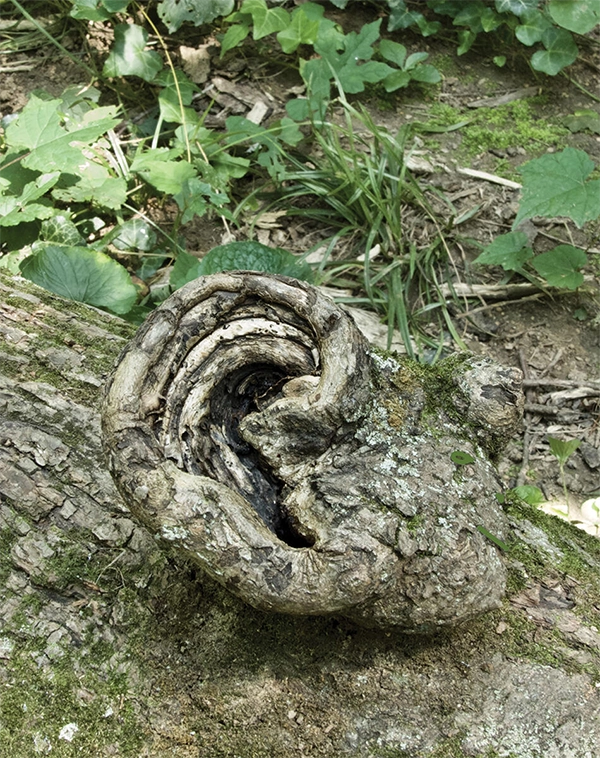What is pareidolia?

Pareidolia is a powerful, though often overlooked, human instinct—our tendency to perceive familiar patterns, like faces or objects, in random stimuli.
A common example is seeing shapes in clouds that resemble animals or landscapes. While most people are unaware of the term, pareidolia has long been studied in psychology and neuroscience. The Rorschach inkblot test, for instance, uses pareidolic perception to explore emotional and cognitive states.
Neuroscience research has shown that pareidolic responses engage specific brain regions that integrate instinctive recognition with emotional processing.
Therapeutic Pareidolia moves beyond casual observation and into intentional application.
Now, a significant new chapter begins.
Integrated into therapy, education, and creative practices, it fosters healing, mindfulness, and imagination. Clinical researchers—including teams at Johns Hopkins Medicine and the Kennedy Krieger Institute—are investigating how pareidolia supports trauma recovery, emotional regulation, and reflective engagement.
Educators have developed lesson plans to stimulate visual thinking, while nature-based programs use pareidolic exercises to promote intergenerational dialogue, resilience, and deeper self-awareness.
Blink-to-See is at the forefront of this movement.
Through in-person presentations, online platforms, and multi-disciplinary initiatives, it offers a research-informed approach that helps individuals recognize and engage with Therapeutic Pareidolia. The results are tangible: heightened awareness, enhanced creativity, and renewed sensitivity to the world around us—and within us.
Promising applications of pareidolia
The research community traditionally embraced the potential benefits associated with pareidolia as early indications of diseases such as Lewy Body Disease, Parkinsons and psychiatry. Emphasis now shifts to focus on results that emerge on results when pareidolia is observed. This approach open potential in cognitive therapies, educational methodologies, and a broader appreciation of human perception and creativity.
Therapeutic Pareidolia™ was introduced at:
- American Visionary Art Museum — the three-year exhibit introduced the public to pareidolia with photographs taken during Bernstein's walks in the woods.
- Baltimore Lab School — composed 5 different lesson plans weaving pareidolia information into varying subjects at different grade levels. This inspired alternative approaches to varying subjects.
- Johns Hopkins School of Public Health — a diverse group with highly divisive ideas on an important subject, had the leader began the debate by introducing pareidolia to emphasize the ability for seeing subjects from varying perspectives.
- Dozens of diverse groups, varying in age and ability — introduced in a slide-show to pareidolia and were reinforced afterwards with varying games: artistic applications to duplicated images; writing captions; outlining all images; groups writing poetry; sharing photographs taken in the surroundings
B-Giving Foundation funded multi-year research:
- Johns Hopkins Medical Institution1:
- Director of Mind & Brain institute — to analyze the neurological impact of pareidolia responses on the brain of primates.
- Johns Hopkins Center for Neuro Esthetics International Mind & Brain Lab — conducted worldwide research on medical uses of pareidolia.
- Johns Hopkins Division of Public Health and Rehabilitation — is developing therapeutic program for hospitalized patients.
- Kennedy Krieger Institute — is exploring responses for ADHD youngsters' when made aware of this instinct.
1 Johns Hopkins Medical Institution was the first to launch multi-year medical studies examining new applications using pareidolia.